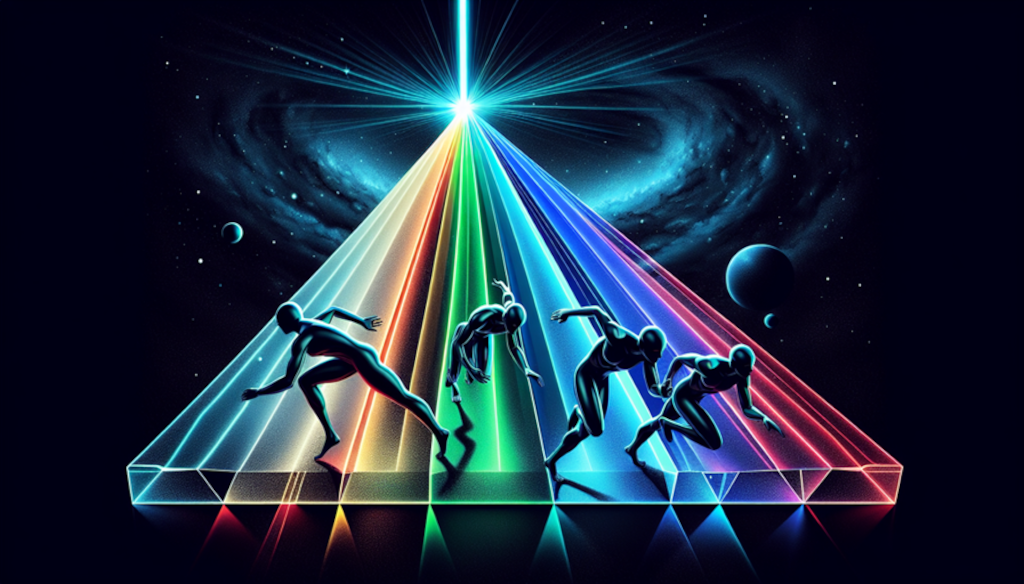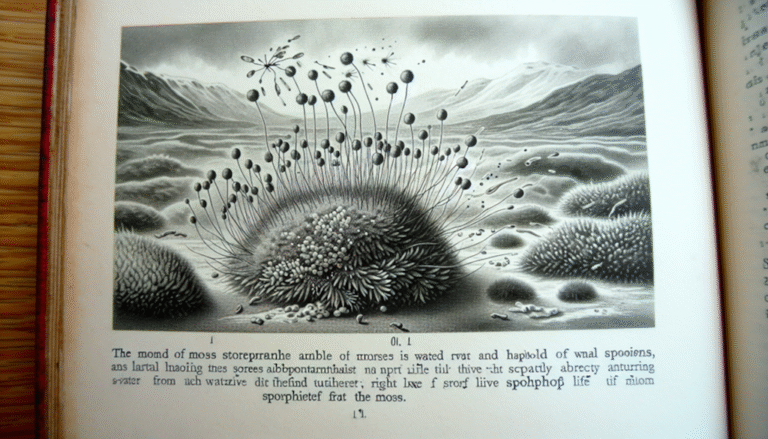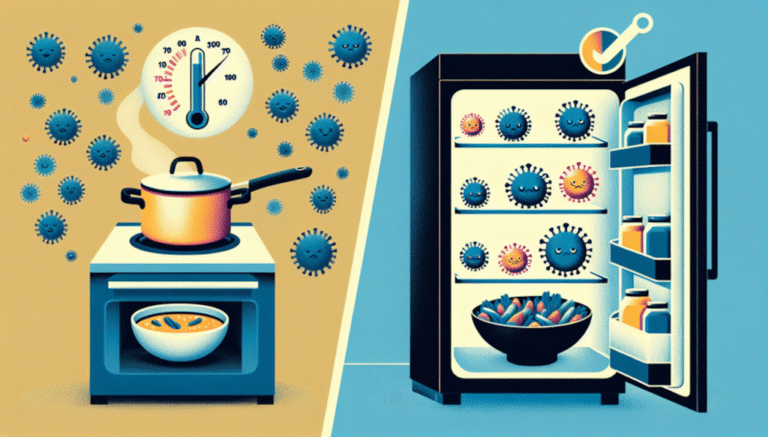You’ve seen a rainbow before — red, orange, yellow, all the way to violet — a dazzling curve of colors that somehow peel apart from plain white light. But have you ever wondered:
Does red light travel faster than blue? Or more precisely, does the speed of a photon depend on its color or wavelength?
At first glance, the idea makes sense. Blue light has more energy, red light has longer waves… wouldn’t that change the speed? It turns out that the reality is more mind-bending — and it reveals something profoundly deep about how we understand the universe.
What we think versus what happens
Let’s start with the common hunch: different colors of light (with different wavelengths) should move at different speeds. After all, in many real-life systems, faster vibrations or different shapes often mean different speeds.
But here’s the kicker:
In a vacuum, all photons — regardless of color — travel at exactly the same speed: 299,792,458 meters per second.
That means red, green, and ultraviolet light are traveling through empty space side by side with zero lag. It doesn’t matter if one has a longer wavelength or a higher frequency. Why? Because of one elegant equation:
c = λ × f
- c is the speed of light in vacuum (always the same!)
- λ is the wavelength
- f is the frequency
If you increase the wavelength λ, frequency f decreases proportionally so that their product — the speed — stays constant.
But when light enters a medium, things get trickier
Here’s where light gets slowed down: not in space, but when it travels through materials like glass, water, or even your eyeball.
Once photons hit a medium, they interact with atoms and molecules. This slows their apparent travel — not because the photons themselves are slowing down, but because they’re being absorbed and re-emitted, interacting with the medium.
The speed of light in a material becomes: v = c / n, where n is the refractive index of the material.
In glass, for instance, red and blue lights refract (bend) differently because the refractive index itself depends slightly on the wavelength. This phenomenon is called dispersion, and it’s why prisms split light into rainbows. But again,
the photons themselves still “want” to move at c, they’re just facing obstacles.
Let’s look at a real-world experiment
Think of Foucault’s 1850 rotating mirror experiment. He showed that light travels more slowly in water than in air, and it was one of the first experimental confirmations that light doesn’t always move at c.
More recently? In 1999, physicist Lene Hau and her team slowed light down to just 17 meters per second using ultra-cold atomic gases. Staggering — but light wasn’t changing its nature; it was being dramatically delayed by interacting with highly controlled matter.
So what’s changing when light changes color?
Not the speed. Not in a vacuum. Instead, what changes is the energy and the way light interacts with matter.
- Blue photons have shorter wavelengths and higher frequencies — which means they carry more energy: E = hc / λ
- Red photons are less energetic but still cruise along at c
So next time you see a rainbow, know this: each color represents a different energy level, not a different speed. Nature is more precise than it looks.
One last twist (that most people miss)
You might think, “Okay, so speed is constant in a vacuum — but why care?” Because this constancy is a bedrock of modern physics. Einstein built his theory of relativity on the principle that the speed in a vacuum is the same no matter how fast you’re moving. That one idea revolutionized our understanding of time, space, and causality.
The bottom line
Color doesn’t change a photon’s speed in vacuum — it changes its energy. When you hold a red laser and a blue one next to each other, both beams are moving at the same cosmic cruise control. But only one is packing more punch.
Next time you play with a prism, remember: you’re not just splitting light — you’re unpacking a piece of quantum truth. And that, just like the speed of light, is a constant that never gets old.




Leave a Comment